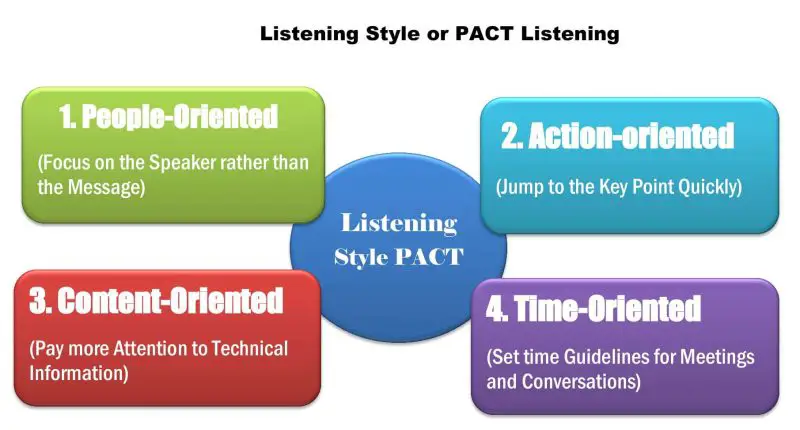This article explains how to introduce yourself in viva voce and interview sessions. It also shows self-introduction samples for job interviews. It teaches how to introduce myself professionally in the viva exam or viva Presentation.
Introduce Yourself
Introducing yourself means describing yourself briefly so others know who I am. It is an imperative sentence that requires someone to introduce themselves. Therefore, it is also known as introducing yourself. Usually, interviewers ask this question to applicants in a viva voce or an interview. It is also known as explaining myself. Introduce yourself properly. It describes a person in great detail in a short time. To answer the question ” Introduce yourself”, the person needs to introduce themselves entirely in a brief discussion. They need to explain their name, family background, where they stay, level of education, strengths, etc.
Introducing yourself properly is essential when you face a Viva exam or an interview in which you are asked to introduce yourself. The examiner will assess your education, skills, capabilities, and intellect based on your introduction speech; therefore, you should present yourself as well as possible.

Common Questions to Ask “Introduce Yourself in a Job Viva”
For example, Tell me about yourself, Tell us about yourself, Please introduce yourself, Tell me something about yourself, Tell us something about yourself, or Talk about yourself.
Interview Question Sample
- What are your positive aspects or strengths?
- What are your negative aspects or weaknesses?
- Why should we appoint or hire you in our company?
- What is your most significant personal or professional achievement?
- Why do you want to join this job?
- What is your leadership or management style?
- What do you know about this department or organization?
The STAR answer format is the most famous and easiest way to explain applicants’ strengths and professional achievements. The STAR interview questions-and-answers method is the best way to share experiences that help previous companies achieve competitiveness.
Today, the author shares 10 Introduce Myself or Introducing Yourself samples and examples for the interviewee. The introduction speeches have been shared in full to understand better.
Introduce yourself in Viva for a Job Interview
Examples of Introduce Yourself in Viva
Self-Introduction in Interview- 1
Firstly, I would like to thank you, sir, for introducing me to you and inviting me to the interview. I am Md. Ashraf Ahmed, the son of Jamil Ahmed & Aklima Begum, is here to face the viva. I am from………I have completed my postgraduate and undergraduate degrees from the University of Dhaka. My subject was Physics……. High School &……… Govt. College was my previous educational institution. Besides my academic background, I am very involved in a non-political social organization. I also have good intentions in creative writing. Now I am looking for a job. Thank You.
Introduce Myself Example- 2
I am (Name). I am from (District Name). My father’s name is Md. X, a govt employee, and his mother’s name is Begum, a govt employee. I earned my Bachelor’s and Master’s degrees in Philosophy from (University Name) in 2009 and 2010, respectively. Before that, I passed SSC in 2003 from (School Name) under (Board Name) and passed HSC in 2005 from (College Name) under the same board. However, my aim in life is to be a BCS Cadre. Therefore, I am now performing Viva Voce. That’s all for the time being.
( You should say “my father’s name”, not “my Father’s name”.)
Introduce Myself Example- 3
Firstly, I would like to thank you, sir, for allowing me to describe myself to you. I’m Md. Maksudur Rashid, son of Md. Harunur Rashid and Rehana Akter. I’m from Dhaka. Firstly, I would like to describe my educational background. I have successfully passed my SSC and HSC from MGHS and BCIC colleges. Then I got admitted into JNU and completed my graduation and post-graduation. My father is a retired government service holder, and my mother is a housewife. My hobby is playing and watching cricket. But my aim in life is to be a magistrate. That’s all.
Introduce Myself Example- 4
I am Md. Monowar Hossain and I are from Bagmara Upazila of Rajshahi district. I graduated from DU with a degree in Public Administration and a CGPA of X (I think). The strongest side of my character is that I can work hard relentlessly. The weakest side is that I believe people too easily. So, I want to work in a part of the republic that serves people from all walks of life.
Introduce Myself Example- 5
Thank u, sir; it’s a great pleasure for me to introduce myself. Firstly, I am Tithi Rani Mondal from Naogaon, and I’m currently residing in Dhaka. I’ve completed my graduation & master’s from the dept of Law, University of Dhaka, in my education journey. My parents are both government servants, and I’m their only child. I like punctuality, sincerity & honesty. In my spare time, I enjoy reading books & listening to music. My long-cherished dream is to join the Bangladesh Civil Service. That’s all for me for the time being. Thank u very much for having patience.
Introduce Myself Example- 6
Firstly, I would like to thank you, sir, for allowing me to introduce myself. I’m Maksudur Rahman. I hail from Patuakhali. I passed my SSC from Ideal School & College in 2003 & HSC in 2005 from Dhaka College 2005. Then I got myself admitted into the University of Dhaka. I obtained my Honors and Master’s from the Department of Physics in 2009 and 2010, respectively. My father is a retired bank officer, and my mother is a government service holder. However, I dream of being a bureaucrat, and I’m working hard and soul to make my dream come true.
Introduce Myself Example- 7
Thank u, sir, for allowing me to say a few words about myself. This is Mahmuda Kulsum Moni, daughter of Mr……… and Mrs… I have completed my graduation and post-graduation in Finance and Banking from the University of Rajshahi, and I have passed my SSC and HSE from…… and….. respectively. My father was an auditor in CGI, and my mother is a homemaker…I have two brothers and one sister. All of them r students. My favorite hobbies are traveling, reading novels, and watching movies. But, I am committed to serving the country and want to contribute to building a corruption-free Bangladesh…that’s all.
Introduce Myself Example- 8
This is Ayesha Akter, and I come from Comilla. My father’s name is Almas, which means he is a businessman. My mother’s name is Najma Begum, and she works as a homemaker. We r two brothers and two sisters. I am the eldest son of my parents, my younger brothers, and my sisters, all of whom are studying. Actually, I completed my post-graduation and graduation from the Government Commerce College at the National University in 2010 and 2011.
Although my passing year is 2011, the exam actually happened in 2014. Before that, with CGPA of 4.30 and 4.00, I completed my HSC and SSC in business studies from Hajera Taju Degree College and Rahmaniya High School, respectively. I want to be a BCS cadre; my family members, especially my father, always inspire me to go my own way, and that’s why I am there.
Introduce Myself Example- 9
I am Md. Moshiur Rahman. I have passed my BSc in Agriculture from Sher-e-Bangla Agricultural University. There are four members in my family. My father is a businessman, and my mother is a homemaker. I have only one elder sister. I was born in Gangni, Meherpur, and my parents are also from Meherpur District under the Khulna division. It is my first BCS, and it is a long-cherished dream to be a BCS cadre.
Introduce Myself Example- 10
I am F. M. Ashraful Awal Rana, the son of Md. Kamal Uddin Fakir and Mrs. Nazma Akter are facing this Viva Voce now. I was born on 23rd August 1988 in a respected Muslim family, where my father, a philosopher who shaped my childhood mind, and my mother were my first teachers. In 2004, I completed my SSC, and in 2006, I passed my HSC. After that, I was blessed to be admitted to Bangladesh’s leading university, BUET, to pursue my B.Sc. in Civil Engineering. Finally, I completed my engineering degree in February 2013.
From a young age, I have seen in myself that I can do very well in management. From family tradition, helping people is another characteristic that counts as a point in describing me. Combining these two characteristics and my strong analytical capability, I am confident that the ‘Assistant Commissioner’ position in the People’s Republic of Bangladesh is the right place for me to evaluate my potential for the betterment of myself and the country.
